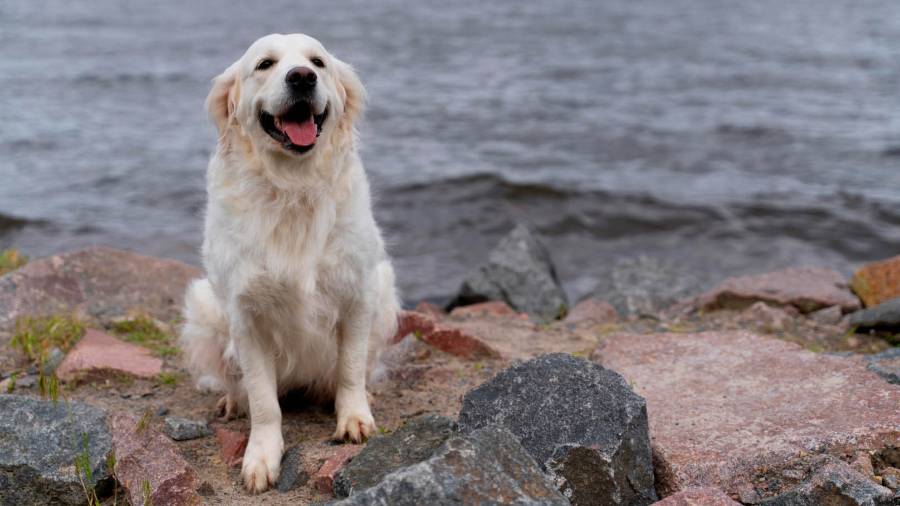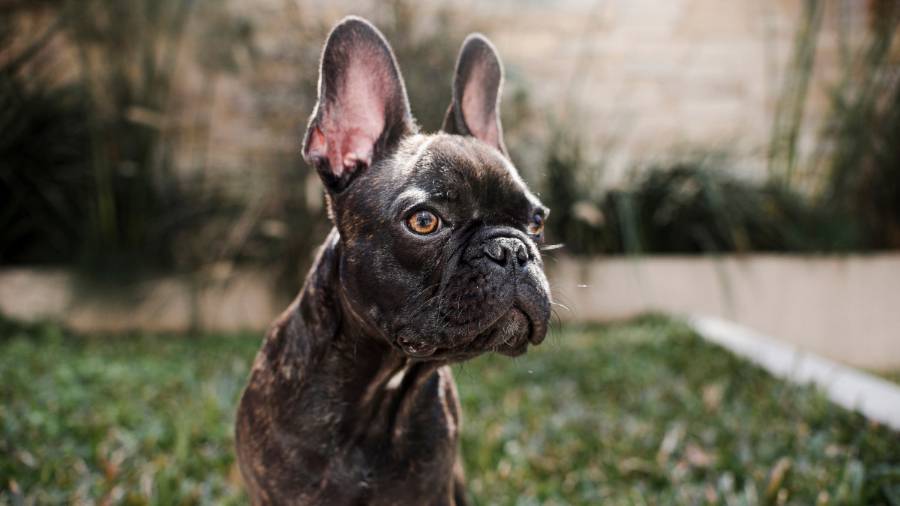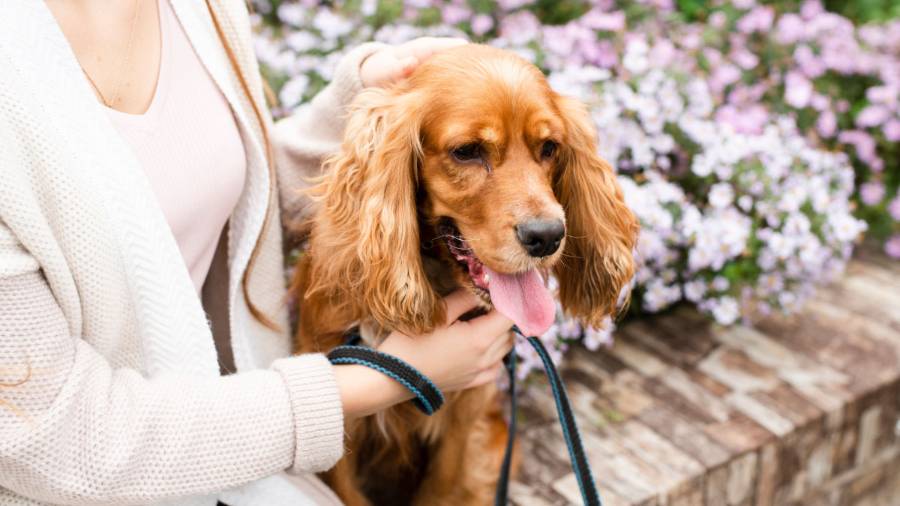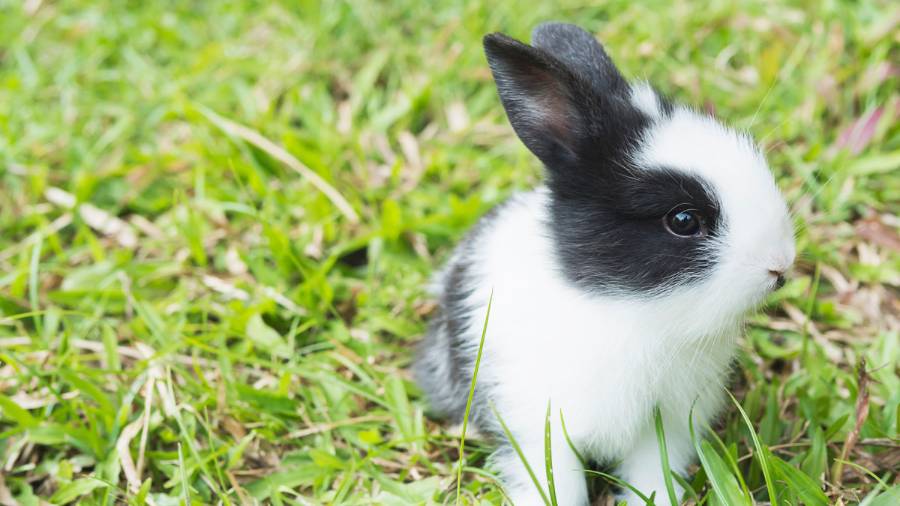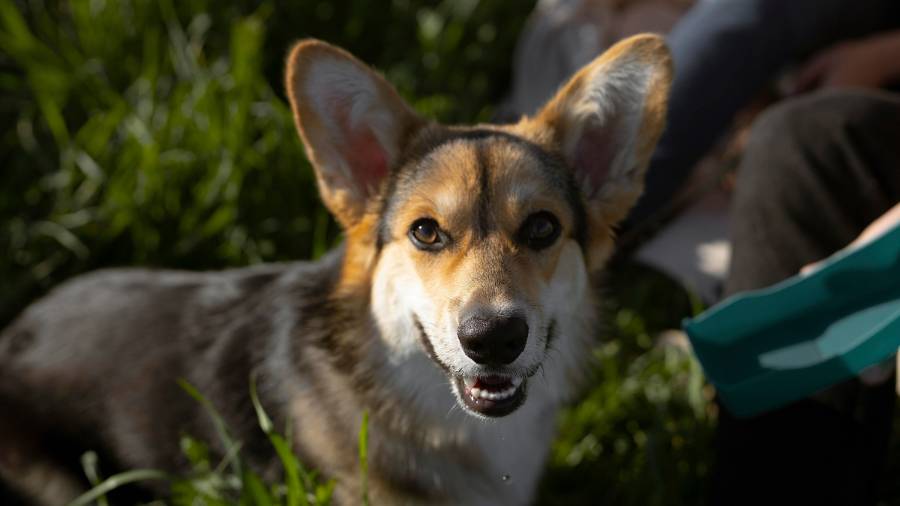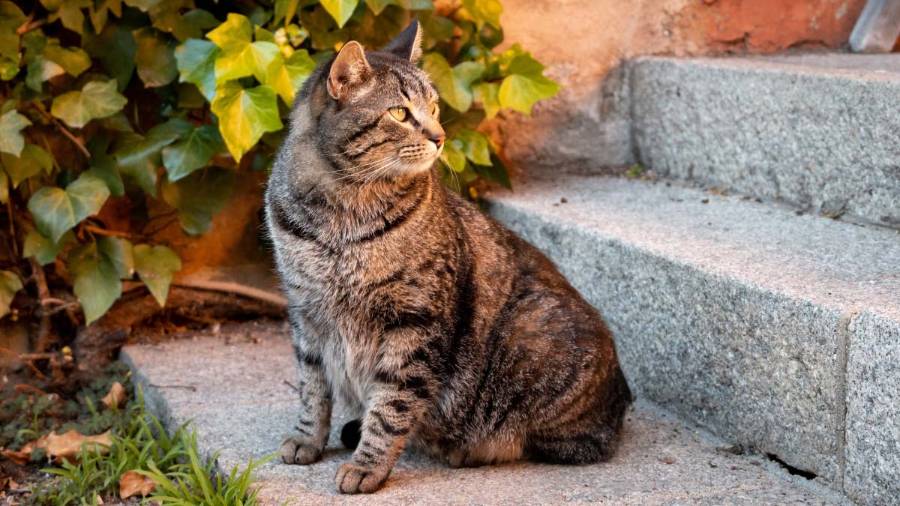The perks of owning a pet
If you’re considering becoming a pet parent, you’re not alone - there are plenty of upsides to cohabiting with a furry friend of your own. Pets have been shown to boost moods, cheer us up and provide us with a sense of purpose. Even the most aloof cat can be a great source of company to someone struggling with loneliness.
Pet ownership brings people together, too. Dog walkers will always be keen to stop and natter, and social media is a fantastic place to meet like-minded pet parents. If you own a dog of any size, taking it for walks means you’ll also be out walking. With research in 2019 highlighting one in four people taking part in less than 30 mins of activity a week, a dog can help you work exercise into your daily routine.
Unfortunately, the cost-of-living crisis and inflation has impacted families up and down the country. While prices of everyday items continue to rise, the cost of caring for a four legged family member has also risen. If you’re thinking of becoming a pet parent and want to know how much it could cost you, you’ve come to the right place.
Paws for thought: pricing Britain’s favourite pets
Inflation has meant a lot of families spent 2024 tightening their belts. Recently released statistics from the ONS have shown just how high inflation has swelled. Pet products, for example, have risen in the Consumer Price Index from 123.7 to 127.6 between December 2022 and December 2024.
We’ve broken down how much it costs to feed, groom, and care for seven of the UK’s most beloved animals so you can plan an estimated budget for your next four-legged friend. We started by researching the needs of the average pet before working out the average cost of each. We’ve also explained our methods in more detail at the bottom of the page.
A lot of purchases won't be needed every month. Some things, like a harness or a lead, might not be needed once a year. Similarly, if you buy a robust chew toy, it might last a lifetime for a smaller dog. A bigger or particularly persistent dog might chew through toys at a rate of once a month.
So, while this is a monthly cost breakdown, it also considers yearly or one-off costs, such as brushes or leads. The costs we’ve provided are also dependent on various factors and are subject to change.
How these costs were compiled
For these costs, we investigated the average needs of Britain’s pets and found the average yearly cost of each need. In our costing, we’ve included the price of pet insurance and prices found in food, toys or grooming to find the minimum price of owning a pet per month.
Here's how we've broken it down:
- Food – We found the typical food intake of individual healthy adult dogs (by breed), cats and rabbits and worked out an estimate based on pet shop prices
- Grooming – We assessed the needs of the individual pets and estimated the cost of visiting groomers if they needed it. We also included the one-off purchase of pet grooming equipment
- Vet visits – Insurers request that cats and dogs are vaccinated, with some requiring an annual visit to the vet for a booster. We've included an estimate price of an annual health check and booster vaccination to create an average cost
- Toys and accessories – Where relevant, we included an estimate price of three toys and a collar
- Pet walkers – Where relevant, we worked out the price of using a dog walker or pet sitter for 21 days to simulate the added cost of leaving your pet at home when on holiday
- Pet insurance – We used an estimated cost of pet insurance based on the current prices of Post Office Pet Insurance
Bear in mind that these numbers are all estimates and don’t include the cost of purchasing a dog, any vet fees (should they become ill or injured), or costs for a special diet (eg, in case of a medical condition). If your pet has an accident or develops a health problem, the cost of caring for them could increase dramatically.
We also haven’t included other lifestyle services for your dog that might be required, such as the cost of day care and boarding kennels or training classes. If you think you’ll need these, remember to budget for them as well.
How much does pet insurance cost?
Some pets are more expensive to insure than others, and prices are often decided by the specific breed, age, and medical history of your pet. Below we’ve compiled an estimate based on the pet breed and have factored that into our individual pet cost breakdowns. The price of pet insurance in this data was collected during February 2025 based on the animals with no health problems and is subject to change due to individual circumstances.
The research included a quote from the Post Office Lifetime product. Lifetime cover is a comprehensive form of pet insurance and offers vet fee limits up to amount you’ve chosen each year, covering for accidents or illnesses, which is reinstated each year at renewal.
French Bulldog: £37 a month*
Netherlands Dwarf Rabbit: £15 a month*
Golden Retriever: £13 a month*
Cocker Spaniel: £13 a month*
Corgi: £13 a month*
Moggy Cat: £11 a month*
Yorkshire Terrier: £11 a month*
*Estimated price of Post Office pet insurance based on the animal having no previous health conditions, being 2 years old and with the selected breed above, cat was quoted for a Moggy and rabbit was quoted for a Netherlands Dwarf. Lifetime £1,000 cover level was selected for dog and cat and for rabbit lifetime £2,000 cover level. This data was collected during February 2025. The final price is subject to each pet’s individual circumstances and level of cover required.
Golden Retriever (Labrador)
Monthly estimate: £126.70
The biggest of the most popular dog breeds, the average Labrador might well be a golden bundle of affection. Smart, gentle and instantly recognisable - as the largest dog on the list it’s unsurprising they eat the most. Consuming a respectable 953g of food a day on average, you can expect your monthly food costs to total around £46.92. Unlike some breeds, Golden Retrievers don’t need regular visits to the groomers, so a pair of brushes should be good enough.
French Bulldog
Monthly estimate: £121.45
Dogs don’t come much cuter than a French Bulldog. Whether your pooch is from Paris or Peckham, Frenchies make lovable pets and their happy faces might well have already taken over your Instagram feed. As you might expect French Bulldogs don’t need to eat a lot, and so will only cost you around £18.77 a month in dry dog food. Despite their little legs, Frenchies love exercise, and if left unstimulated for a long time could become destructive. A few well-placed toys can more than help with this though. Unfortunately, French Bulldogs can be prone to serious ailments. As such, the monthly cost of dog insurance may be higher than in other breeds.
Cocker Spaniel
Monthly estimate: £119.87
If you want a dog that’s always happy to see you, a Cocker Spaniel might be your perfect pet. Forever wagging their tails, these affectionate and loyal companions are great for families of any size. But fair warning, their eagerness to be around people means they can’t be left alone or ignored for too long. Feeding a Cocker Spaniel will cost you an estimated £18 a month and it’s recommended you book them in for a haircut once every two months. That works out to an estimated £23.50 a month.
Netherlands Dwarf Rabbit
Monthly estimate: £108.74
Beloved by families and magicians alike, pet rabbits are a popular and, let’s face it, adorable choice. Coming in a range of sizes, colours and breeds, some think of rabbits as a pet for children, but bunny ownership can be highly rewarding. You might be surprised at the intelligence of your pet rabbit, they’re highly social animals and can even be trained to follow commands. Feeding your rabbit a healthy diet might be more expensive than others, coming in at an estimated £38.75 a month.
Yorkshire Terrier
Monthly estimate: £101.35
The smallest dog on the list, Yorkshire Terriers are equal parts feisty and loving, much like the county they share their name with. Whether short or long haired, miniature or full sized, the independent and characteristic Yorkie is most content in a home full of attention and love. Small dogs require less food, meaning the Yorkshire Terrier is the cheapest pet on this list to feed, with monthly prices sitting at an estimated £4.70. The silky fur of a Yorkshire Terrier is one of its defining features and you may need to visit the groomers at least once every two months.
Corgi
Monthly estimate: £99.17
A favourite of the late Queen Elizabeth II, fiction writer Stephen King, and just about anyone with a passion for small dogs with big ears, Corgis are eager to please. Smart, short and surprisingly swift, the Corgi is a dog that loves being at home with its pet parents as much as it does herding cattle. Feeding a Corgi will cost you around £20.11 a month, but aside from regular exercise and mental stimulation, the Corgi is relatively fuss-free.
Moggy cat
Monthly estimate: £74.54
The eternal question ‘Are you a dog or a cat person?’ can be a heated one. But if you’re in the latter camp, you’re not alone. With almost a quarter of UK adults owning at least one cat, there’s an estimated 10.8 million of our feline friends living in the UK. With each cat as unique as the next one, there’s something irresistibly charming about the average moggy. As an added bonus, they’re also one of the cheapest pets you can own. Costing around £9.70 a month to feed, but rarely requiring trips to the groomers, cats are also happily left to their own devices where most dogs would struggle. Of all the pets on this list, cats may be the cheapest to insure too.
Looking after your pets and your pennies
While the costs we’ve presented are accurate averages, there are lots of ways you can save extra money as a pet parent. Here are some of our favourite tried and tested methods
Find, and keep, the right pet insurance – At Post Office we offer multiple types of pet insurance, each with their own benefits. Finding the right one for you and your furry family member can mean the difference between affordable vet bill and an unaffordable one. It may be tempting when your pet is young and healthy to cancel or put off purchasing your pet insurance but as they get older, it can help you to avoid any large payments. With the price of treatments easily reaching the thousands, pet insurance can be just as essential as a collar or kennel. Here's why it’s important to take out pet insurance.
Buying second hand toys – As nifty as the latest pet toy might be, if all your dog does is chew through their toys, there’s little point in splashing out on the very best gifts. Likewise, old and second-hand soft toys can be just as comforting to a cat or dog. You can also search social media marketplaces and second-hand websites to find unwanted essentials such as pet carriers or water bowls.
Buy pet food in bulk – Just like the food you might put on your table, buying pet food can be considerably cheaper if you buy in bulk. Whether it’s online or instore, larger boxes and bags of pet food will often give you more for your money. If you want to make your pounds stretch that little bit further, more is often less.
Pet food banks - If feeding your pet is becoming difficult and you’re unsure where to turn, food banks often offer pet food to those who need it. No one, pets included, should go hungry. Head to the RSPCA to find out more about your nearest pet food bank.
Learn to groom your pets at home – Admittedly, this won’t be possible for all pets, but if your dog only needs regular combing and bathing you can learn how to do it yourself. Pet shampoos are available online and in pet shops, as are all the tools you’ll need to keep their coats clean and shiny. While you might need a second pair of hands to get everything done, grooming your pet can be a rewarding and fun activity.
Key takeaways
Becoming a pet parent is a decision you shouldn’t take lightly. It requires a lot of your time, energy, and money. While there’s no getting around the relentless energy spikes of a 6-month-old puppy, you can do something about the costs of owning a pet.
- Arrange pet insurance as soon as you can to save yourself the most money in the long run
- Cats are one of the cheapest pets you can own in the UK, whereas Golden Retrievers are some of the most expensive
- Generally speaking, the bigger the animal, the more costly the food habits
- Puppies and kittens can be more expensive than adult animals
- If you want to rehome a pet from a charity, you may have to pay a small fee. Generally, this helps to support the charity and the work they do
- Buy in bulk and second hand to get the most bang for your buck

